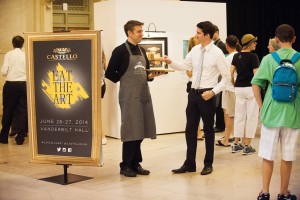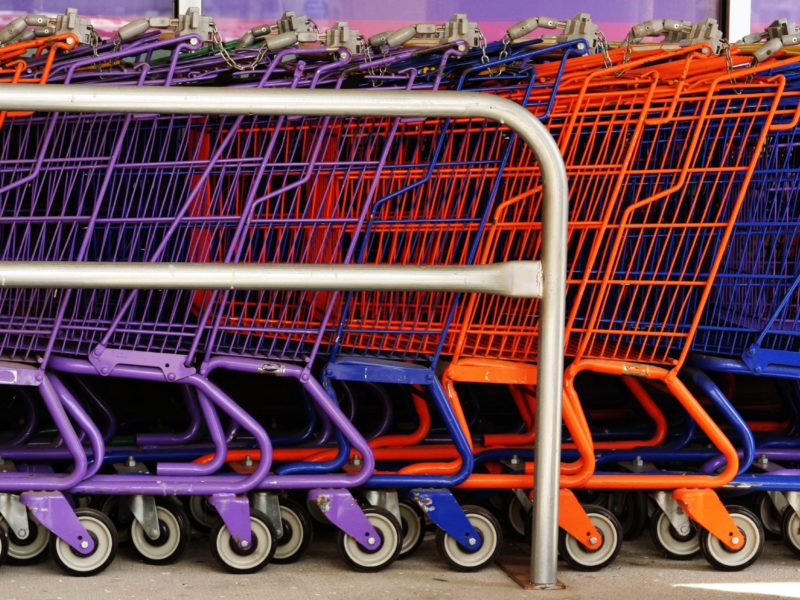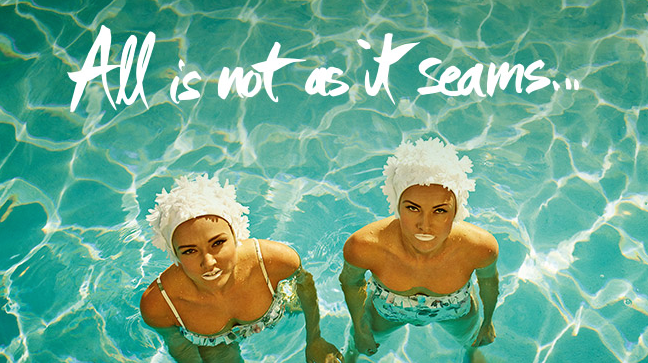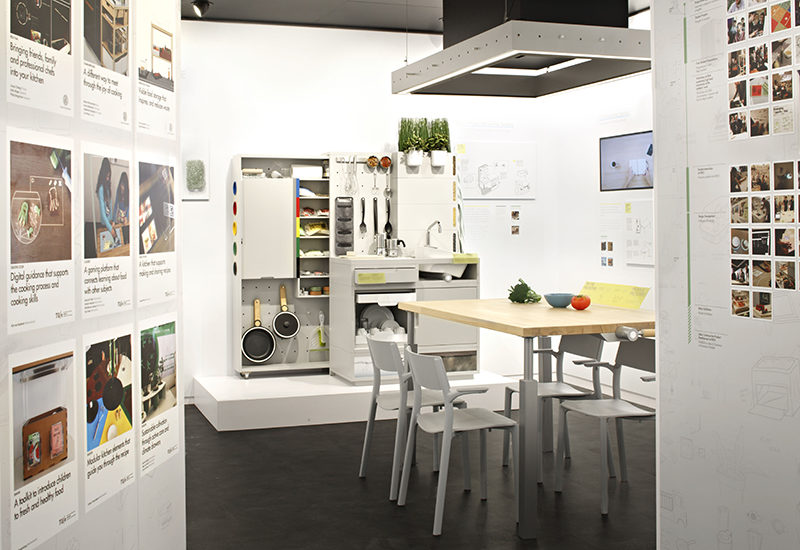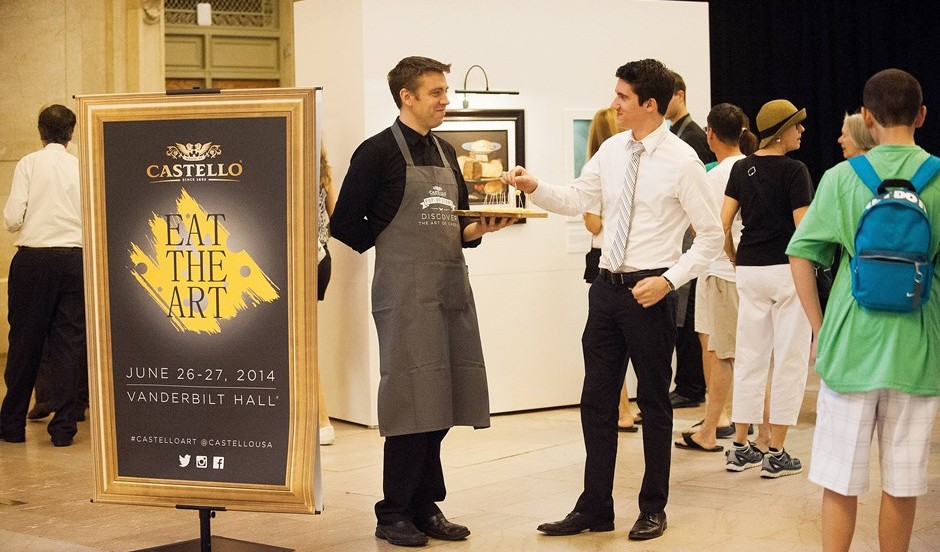
What Is the DNA of Pop-Up Stores?
Who wouldn’t want something customized based on the very essence of who you are—your DNA? There’s no possible way it could get you wrong, right? What if what your DNA contradicts what you thought it would be?
We live in a world of unprecedented personalization options. Consider the following: You can customize everything from sneakers to speakers. Our feeds only tell us what we are interested in, so we consume content how, when and where we want it. For good measure, we can have ourselves scanned and 3D-printed for posterity. And everything will continue to become more and more dialed in.
The personalized web has created what The New York Times refers to as an online “echo chamber.” It’s a place where algorithms control everything we see based on what we’ve said or done online in the past. While this may help us select a movie faster on Netflix, it can also make us feel like the World Wide Web is turning into a much smaller place.
At some point soon we will probably have chips embedded in our bodies that will unlock the doors that, hopefully, we choose, from home to school to work. While this may sound scary, it’s also exciting.
Yet, will we lose our sense of surprise when everything around us becomes expected? And what can brands do to reach people in this world of personalized blinders?
Enter the pop-up. According to Storefront, pop-ups started in the early 1990s in cities like London and New York. Nowadays, they can be found nearly everywhere from Soho to your local temporary Halloween store. Their aim is to offer exclusive, surprising products and experiences.
A recent report from the Centre for Economics and Business Research shows that the pop-up Retail economy in the U.K. is worth 2.3 billion pounds per year. Another eye-popping stat from the report is that there are nearly 10,000 pop-ups in Britain.
Moving back across the pond, the Halloween economy is worth seven billion dollars a year in the U.S., according to the National Retail Federation. Pop-up stores play a central role in this by taking over vacant but prime real-estate locations, and they start to appear as early as August. After all, it’s got to be convenient to get our gorilla suits.
How are brands using pop-ups to reach people?
Last year, Castello Cheese sought to introduce their products to New Yorkers in a subtle and elegant way. They created a pop-up museum in Grand Central Station that featured edible versions of classical paintings made with their cheese. Of the 500,000 people that visited over two days. 40,000 people ate the paintings.
Now let’s hop over to Dubai, home of the Pharmacafe. It was a pop-up of giant proportions that opened in February this year as part of the Museum of Future Government Services. In it, visitors hands were scanned as they entered and then were served a medicinal drink based on their DNA. While sipping their drinks, which were enhanced by a flavor pill, they were surrounded and engulfed in a healing ginger mist. All of this was meant to explore the possible future of healthcare.
Pop-ups have become a place for brands to experiment and interact with us, where creativity can extend our perception of what’s possible—provided we take our personalized blinders off for a minute to enjoy them. I wonder if there is an algorithm for that.


